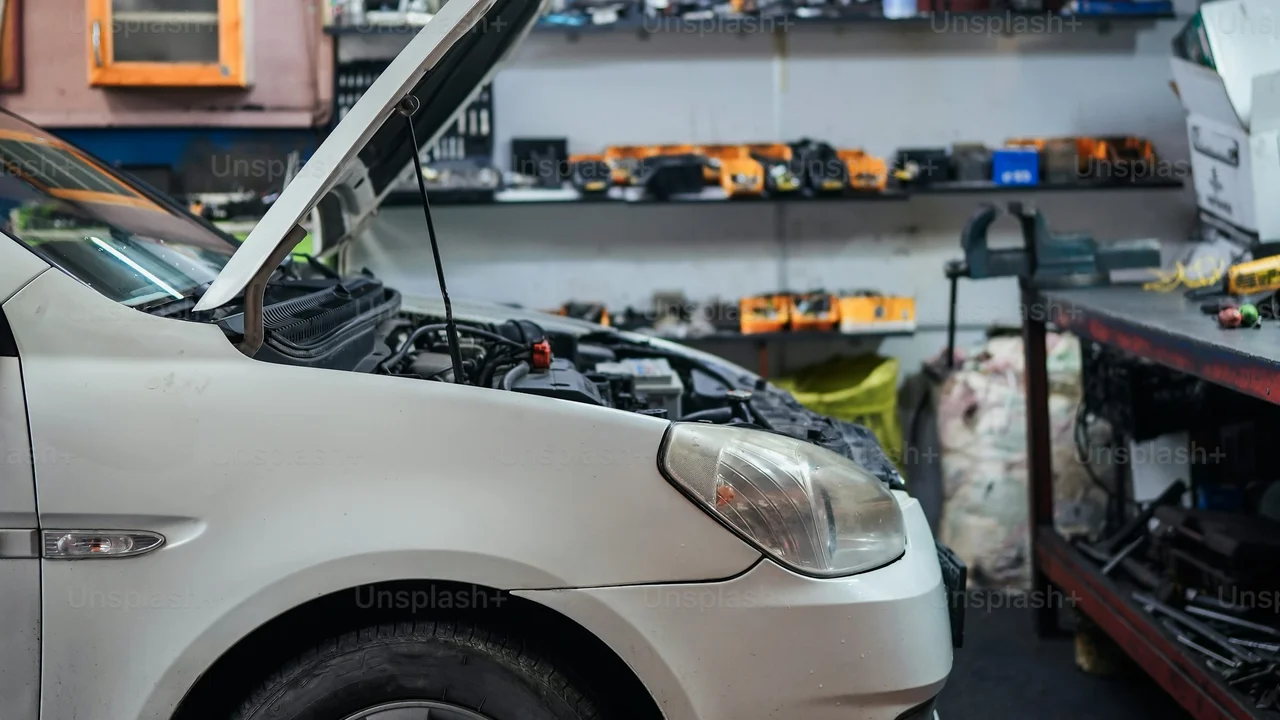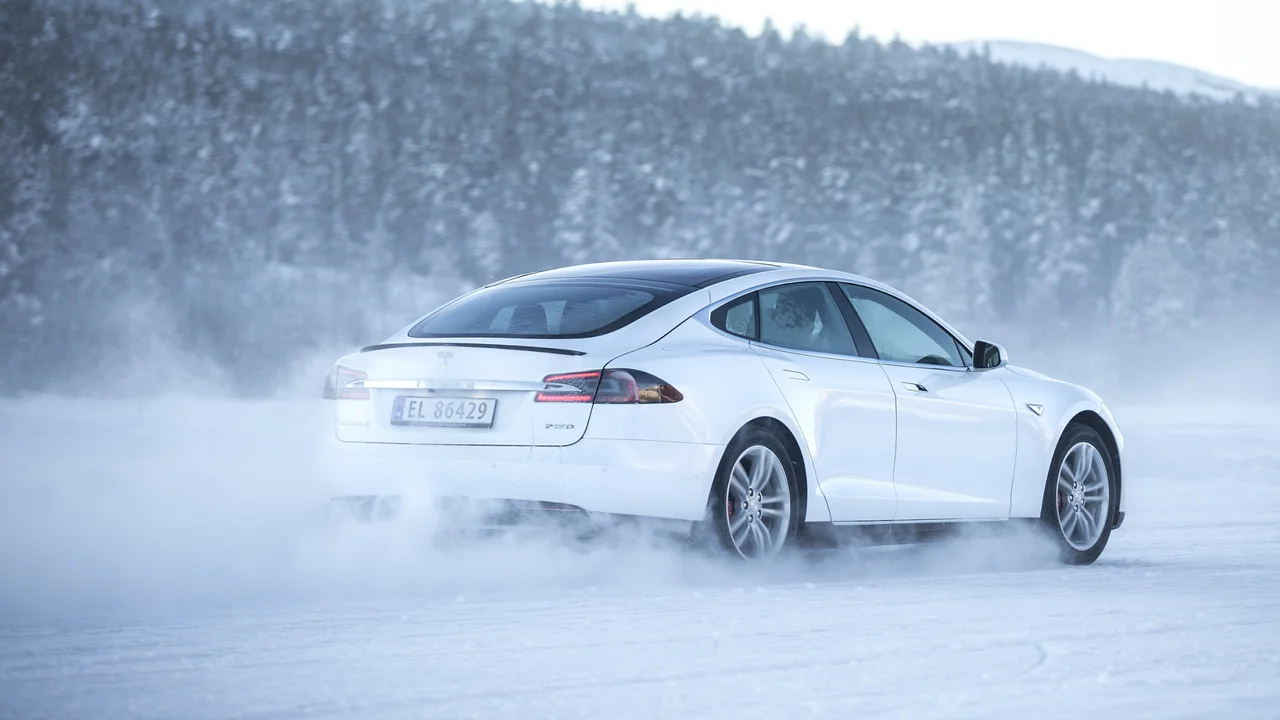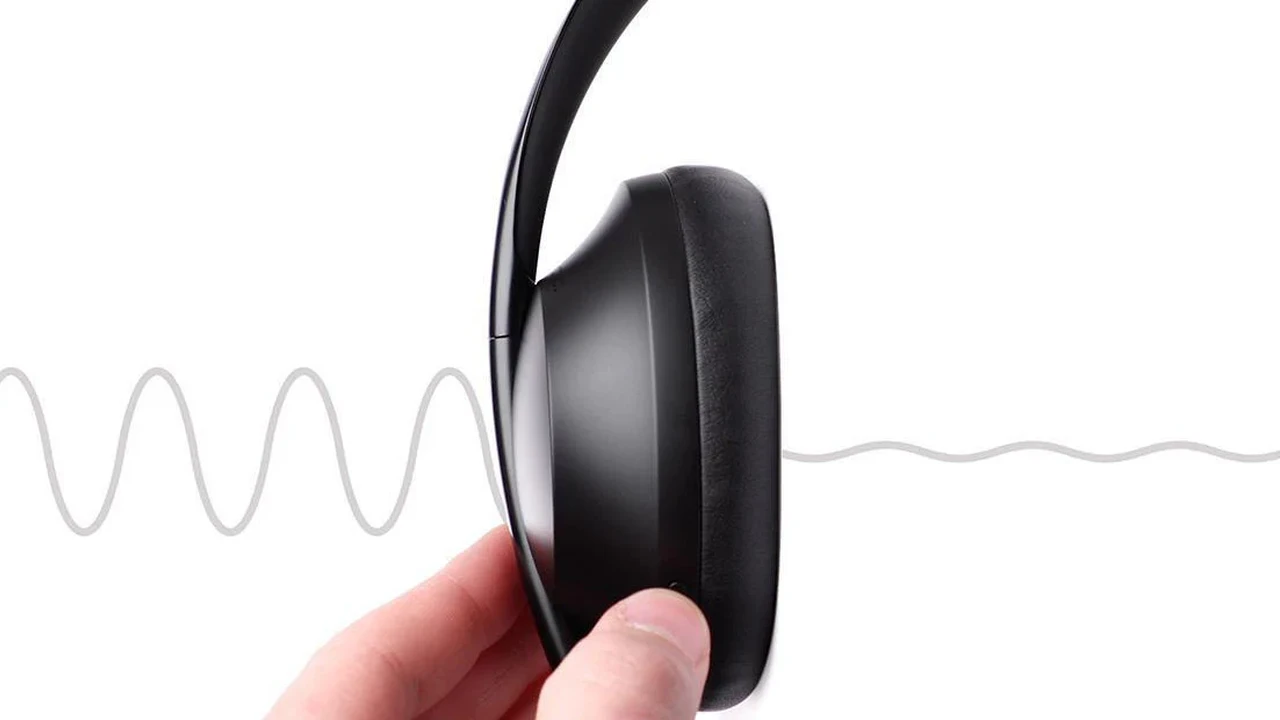Remote Start Systems for EVs: Preconditioning Your Vehicle

Noise cancellation technology for EVs A quieter ride with advanced sound dampening systems Learn how noise cancellation works and its benefits in reducing road noise and wind noise Discover how noise cancellation can improve your driving experience
Understanding EV Noise Noise Sources and the Need for Noise Cancellation
Electric vehicles are often touted for their quiet operation compared to internal combustion engine (ICE) cars. However, EVs are not entirely silent. While they lack the roar of an engine, other noise sources become more noticeable. These include:
- Road Noise: The sound of tires rolling on the pavement, especially at higher speeds. This is often the dominant noise source in EVs.
- Wind Noise: Air flowing around the vehicle's body, particularly at highway speeds. Aerodynamic design can minimize this, but it's still present.
- Motor Whine: Some EVs, especially older models or those with specific motor designs, can produce a high-pitched whine from the electric motor.
- HVAC System Noise: The heating, ventilation, and air conditioning system can generate noise, particularly the fan and compressor.
- Other Interior Noises: Rattles, squeaks, and vibrations from interior components can become more apparent in a quieter vehicle.
These noises, while not as loud as an engine, can still contribute to driver fatigue and a less enjoyable driving experience. This is where noise cancellation technology comes in.
How Noise Cancellation Works in EVs Active Noise Control (ANC) Explained
Noise cancellation technology, also known as Active Noise Control (ANC), works by using microphones to detect unwanted sounds and then generating opposing sound waves to neutralize them. Here's a simplified breakdown:
- Microphone Detection: Microphones strategically placed inside the vehicle cabin pick up unwanted noises.
- Signal Processing: A sophisticated processor analyzes the incoming sound waves and identifies the frequencies and amplitudes of the noise.
- Anti-Noise Generation: The processor generates an "anti-noise" signal that is an exact opposite of the detected noise. This means the anti-noise wave has the same frequency and amplitude but is 180 degrees out of phase.
- Sound Emission: The anti-noise signal is played through the vehicle's audio speakers.
- Cancellation: When the original noise wave and the anti-noise wave meet, they cancel each other out, resulting in a significant reduction in the perceived noise level.
The effectiveness of ANC depends on several factors, including the accuracy of the microphones, the processing power of the system, and the quality of the speakers. Modern ANC systems are highly sophisticated and can effectively reduce noise across a wide range of frequencies.
Benefits of Noise Cancellation in EVs A Quieter More Comfortable Ride
The benefits of noise cancellation in EVs are numerous, leading to a more pleasant and relaxing driving experience:
- Reduced Driver Fatigue: By minimizing unwanted noise, ANC can reduce driver fatigue, especially on long journeys. Constant exposure to noise can be tiring, and ANC helps create a more serene environment.
- Improved Audio Quality: With less background noise, the audio quality of music, podcasts, and phone calls is significantly improved. You can hear more details and nuances in the audio.
- Enhanced Communication: It becomes easier to have conversations with passengers without having to raise your voice. This creates a more comfortable and enjoyable social experience in the car.
- Increased Focus: A quieter cabin can help drivers focus on the road and reduce distractions. This is particularly important for safety.
- Premium Feel: Noise cancellation contributes to a more luxurious and premium feel in the vehicle. It's a feature often found in high-end EVs.
Different Types of Noise Cancellation Systems in EVs Feedforward Feedback and Hybrid Systems
There are three main types of noise cancellation systems used in EVs:
- Feedforward ANC: This system uses microphones placed outside the cabin to anticipate noise before it enters the vehicle. It's effective at reducing road noise and wind noise.
- Feedback ANC: This system uses microphones inside the cabin to detect noise that has already entered the vehicle. It's effective at reducing noise from the HVAC system and other internal sources.
- Hybrid ANC: This system combines both feedforward and feedback ANC for the best possible noise reduction. It can effectively address a wide range of noise sources, both internal and external.
Most modern EVs with noise cancellation technology use a hybrid system to maximize noise reduction performance.
Aftermarket Noise Cancellation Solutions for EVs Upgrading Your Ride
While some EVs come with built-in noise cancellation systems, you can also add aftermarket solutions to improve the noise level in your vehicle. These solutions typically involve installing sound deadening materials and sometimes active noise cancellation devices.
Sound Deadening Materials
Sound deadening materials are designed to absorb and dampen vibrations, reducing the amount of noise that enters the cabin. Common types of sound deadening materials include:
- Sound Deadening Mats: These mats are typically made of a butyl rubber compound with an aluminum layer. They are applied to the interior of the vehicle, such as the floor, doors, and roof.
- Sound Absorbing Foam: This foam is designed to absorb sound waves, reducing the amount of noise that reflects around the cabin. It's often used in areas like the headliner and door panels.
- Mass Loaded Vinyl (MLV): This heavy vinyl material is used to block sound from entering the cabin. It's often used in conjunction with sound deadening mats.
Installing sound deadening materials can significantly reduce road noise, wind noise, and other unwanted sounds. It's a relatively affordable and effective way to improve the noise level in your EV.
Active Noise Cancellation Devices
Active noise cancellation devices are more complex than sound deadening materials. They typically consist of microphones, a processor, and speakers. These devices work by detecting unwanted noise and generating opposing sound waves to cancel them out, similar to the built-in ANC systems in some EVs.
While aftermarket ANC devices can be effective, they are often not as sophisticated as the systems integrated into high-end EVs. However, they can still provide a noticeable improvement in noise reduction.
Product Recommendations for Aftermarket Noise Cancellation
Here are a few product recommendations for improving noise cancellation in your EV:
Noico Sound Deadening Mat
Description: Noico sound deadening mats are made of a butyl rubber compound with an aluminum layer. They are designed to absorb and dampen vibrations, reducing road noise and wind noise.
Usage Scenario: Apply these mats to the interior of your EV, such as the floor, doors, and roof, to reduce unwanted noise.
Comparison: Compared to other sound deadening mats, Noico is known for its ease of installation and effectiveness.
Price: Approximately $70 for a 36 sq ft pack.
Dynamat 11905 Dynaliner
Description: Dynamat Dynaliner is a lightweight, closed-cell foam that is designed to absorb sound waves and reduce reflections. It can be used in conjunction with sound deadening mats for even better noise reduction.
Usage Scenario: Apply Dynaliner to the interior of your EV, such as the headliner and door panels, to absorb sound waves.
Comparison: Compared to other sound absorbing foams, Dynaliner is known for its durability and effectiveness.
Price: Approximately $50 for a 12 sq ft roll.
Bose Noise Cancelling Headphones 700
Description: While not a direct noise cancellation system for the car itself, wearing noise-canceling headphones like the Bose 700 can dramatically improve the driving experience by blocking out external noises. They offer excellent sound quality and a comfortable fit.
Usage Scenario: Use these headphones while driving to block out road noise, wind noise, and other distractions. Important Note: Always prioritize safety and be aware of your surroundings. Do not use headphones if they impair your ability to hear important sounds like sirens or horns.
Comparison: Compared to other noise-canceling headphones, the Bose 700 is known for its superior noise cancellation performance and comfortable design.
Price: Approximately $379.
Factors to Consider When Choosing Noise Cancellation Solutions
When choosing noise cancellation solutions for your EV, consider the following factors:
- Budget: Noise cancellation solutions can range in price from a few dollars for simple earplugs to several hundred dollars for high-end headphones or sound deadening materials.
- Effectiveness: Some solutions are more effective than others at reducing noise. Consider the type of noise you want to reduce and choose a solution that is designed for that purpose.
- Ease of Installation: Some solutions, such as sound deadening mats, require more effort to install than others, such as noise-canceling headphones.
- Safety: Always prioritize safety when choosing noise cancellation solutions. Avoid solutions that could impair your ability to hear important sounds or distract you while driving.
The Future of Noise Cancellation in EVs Advancements and Innovations
The future of noise cancellation in EVs looks promising, with ongoing advancements and innovations in the field. Some potential developments include:
- Improved ANC Systems: Future ANC systems will likely be even more sophisticated, with more accurate microphones, faster processors, and more powerful speakers.
- Personalized Noise Cancellation: Future systems may be able to personalize noise cancellation based on individual preferences and driving conditions.
- Integration with ADAS: Noise cancellation systems could be integrated with advanced driver-assistance systems (ADAS) to improve safety and reduce driver fatigue.
- New Materials: New sound deadening materials are being developed that are lighter, more effective, and easier to install.
As EVs become more popular, noise cancellation technology will likely become an increasingly important feature. By reducing unwanted noise, ANC can make EVs even more enjoyable and comfortable to drive.
:max_bytes(150000):strip_icc()/277019-baked-pork-chops-with-cream-of-mushroom-soup-DDMFS-beauty-4x3-BG-7505-5762b731cf30447d9cbbbbbf387beafa.jpg)






